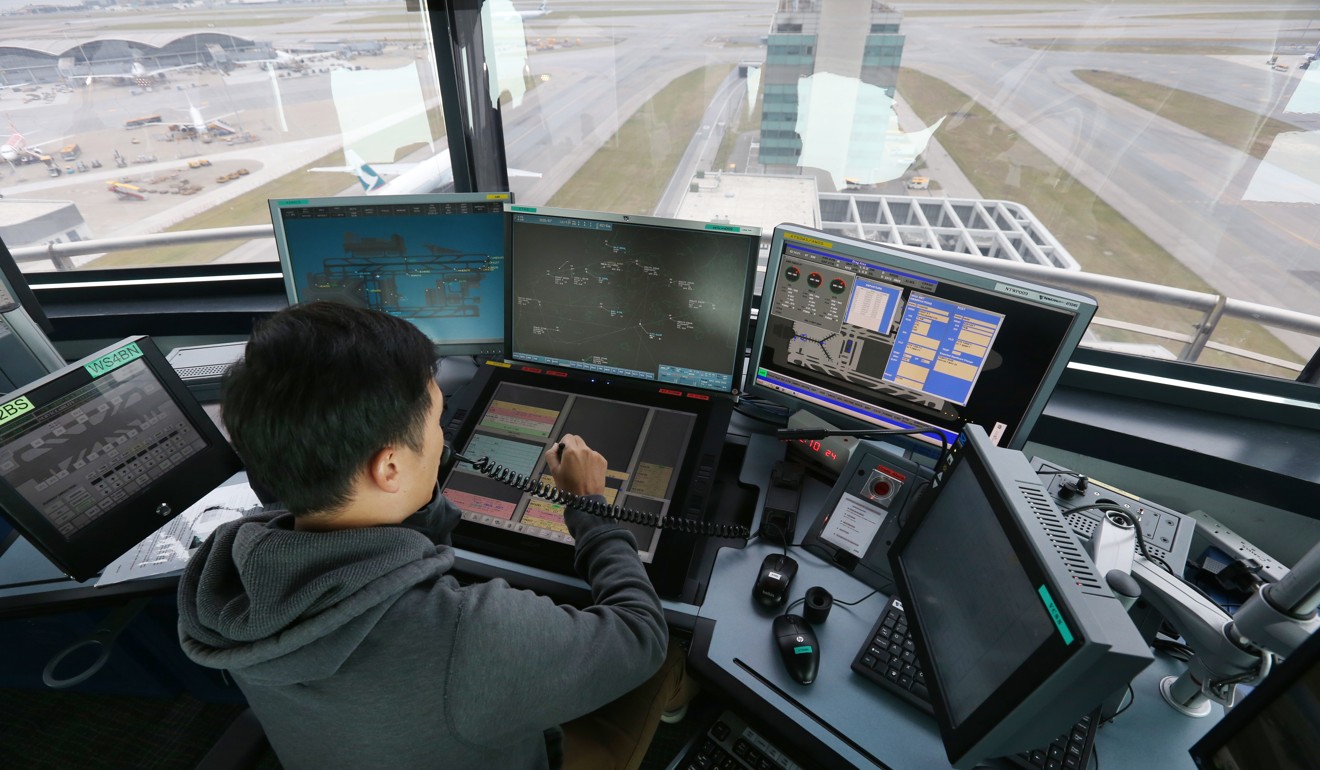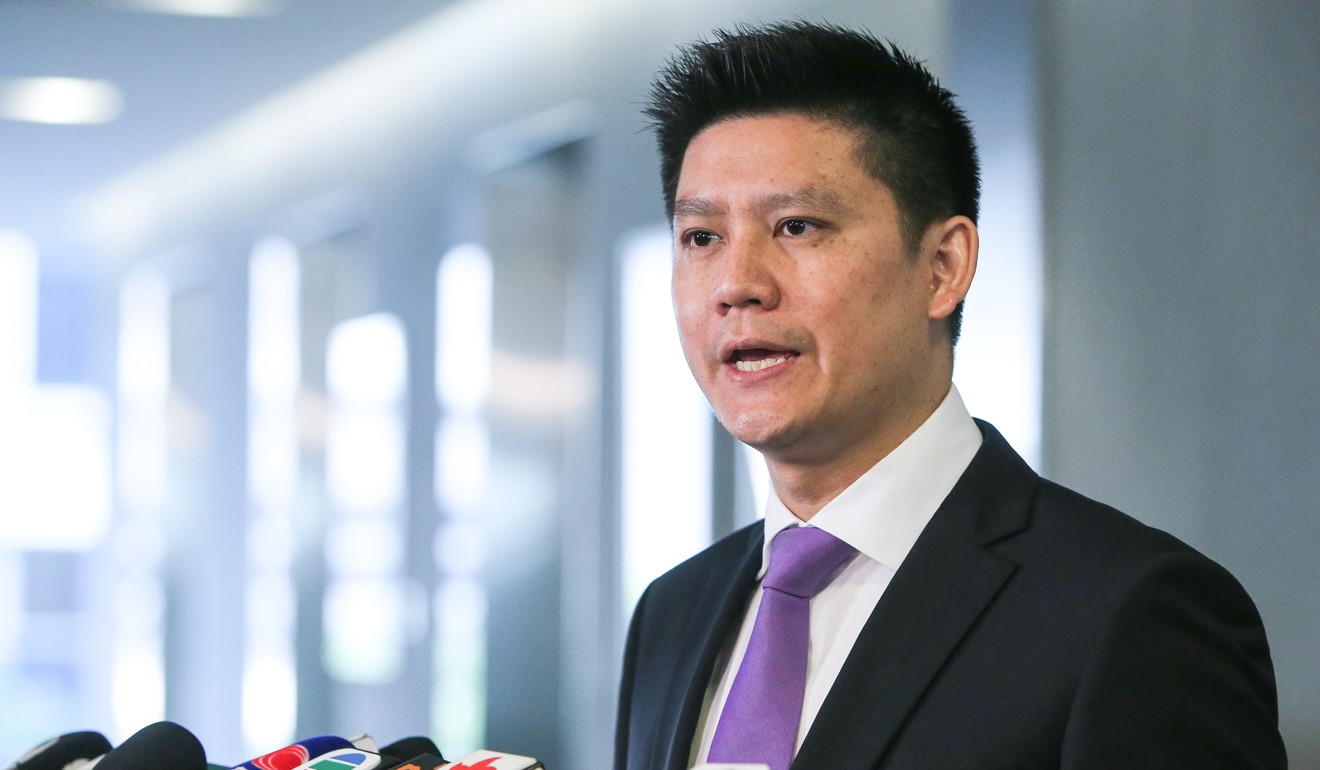
Software fix tested for HK$1.56 billion Hong Kong International Airport air traffic management system after recent malfunction
Solution follows glitch last month in which radar screens did not show full data for three flights, but at least one lawmaker wants system scrapped
Hong Kong International Airport (HKIA) is testing a software fix for its HK$1.56 billion (US$198.8 million) air traffic management system after it malfunctioned last month and resulted in controllers not having full information on three flights in the city’s airspace for six minutes.
In a statement on Wednesday evening, the Civil Aviation Department said it expected next month to implement the solution, developed by the system’s US manufacturer, Raytheon, after completing tests and other safety assessments.


The CAD explained the glitch stemmed from “unexpected data corruption” when details of a flight route were being processed by the main air traffic management system.
One after the other, both flight data processors in the main system – which provide real-time flight information to controllers – shut down as part of their inbuilt safety mechanism, activating a backup system.
The processing and display of flight data then returned to normal and at no point were air traffic control services disrupted for pilots, the CAD said.
With the fix, the system would be able to isolate the flight route containing problematic information and alert technical staff to handle the case separately, rather than affecting the whole system, it added.
The CAD “will continue to closely monitor the performance” of the air traffic management system, its spokeswoman said, and optimise it as well as overall air traffic control services “in a sustained manner, and remain committed to ensuring that aviation safety is our top priority”.
In Raytheon’s four-page report accompanying the CAD’s press release, the US contractor said it had investigated the shutdown and confirmed its programme algorithm and coding were in order. Neither was the shutdown related to system performance, software in use over the last year, air traffic nor adverse weather on August 13, it added.
Facial recognition technology installed at Hong Kong International Airport
According to its website, Raytheon “supports 80 per cent” of US air traffic through its management systems.
But the Auto Trac III at HKIA, which went live two years ago in November, has experienced a series of problems.
They included planes disappearing from radar screens and phantom aircraft appearing on monitors. Screens were also sometimes unable to display various pieces of flight information.

The August 13 incident happened after a lull in problems for more than a year. While air traffic controllers were able to maintain direct voice communication with the pilots” and still obtain all information they needed from all flights, as a precaution they delayed clearing flights for departure until the backup system came online.
When seven years ago the CAD bought the new system, lawmakers criticised it for choosing something with a light track record that had been used only at a handful of Indian airports and the United Arab Emirates. The onset of problems prompted some to urge the system be scrapped.
Lawmaker Jeremy Tam Man-ho described the software remedy as “another safety net” to prevent a reoccurrence but without tackling “the root cause of why it happened”.
Can you spot the error on this Cathay Pacific plane?
“It’s like your roof is leaking but you don’t know where it is leaking from,” Tam said. “And what you do is get a bucket to stop the leak from damaging the carpet … and if it leaks again, your carpet will still be OK.”

